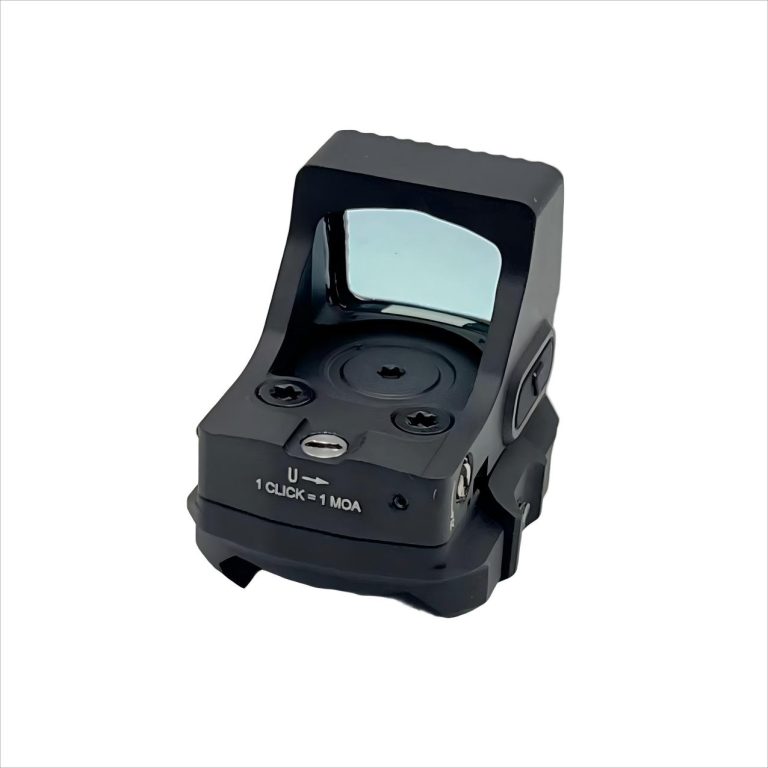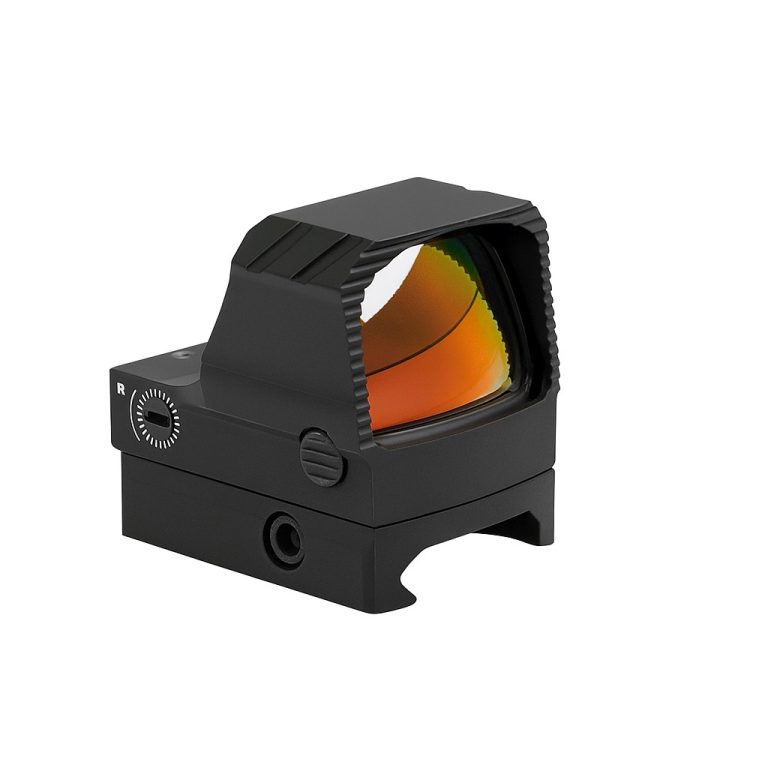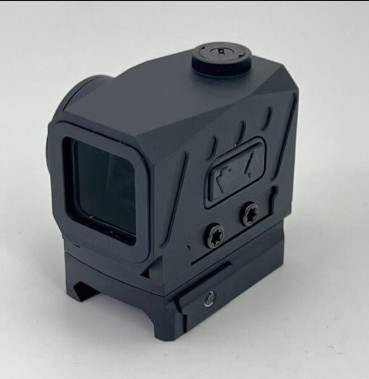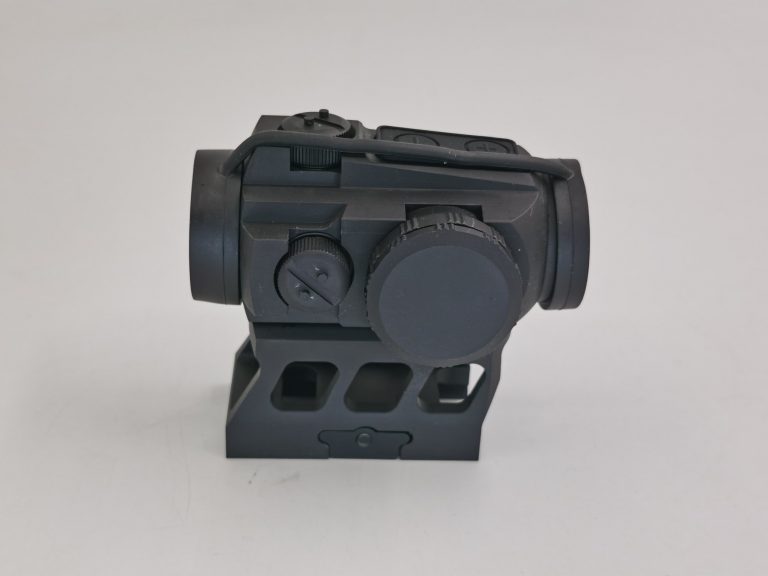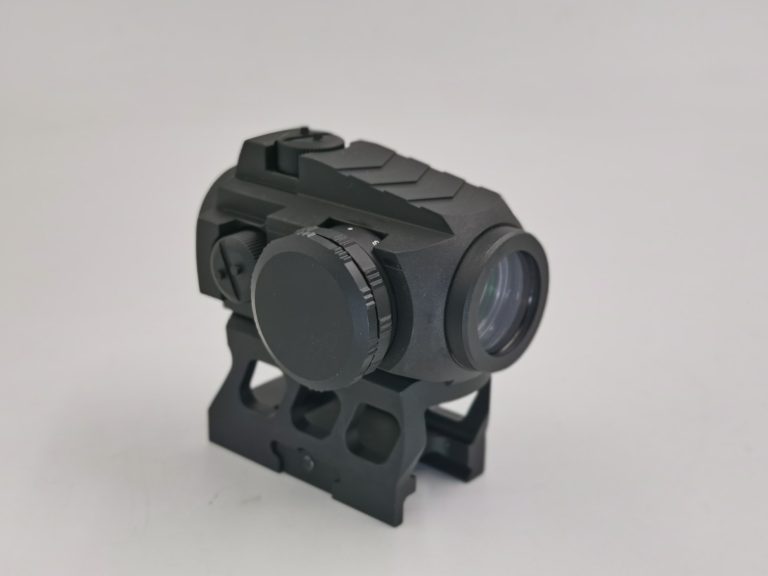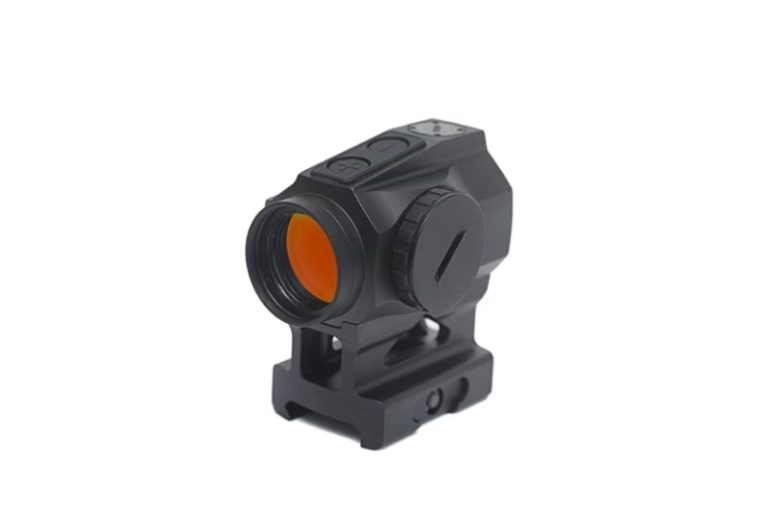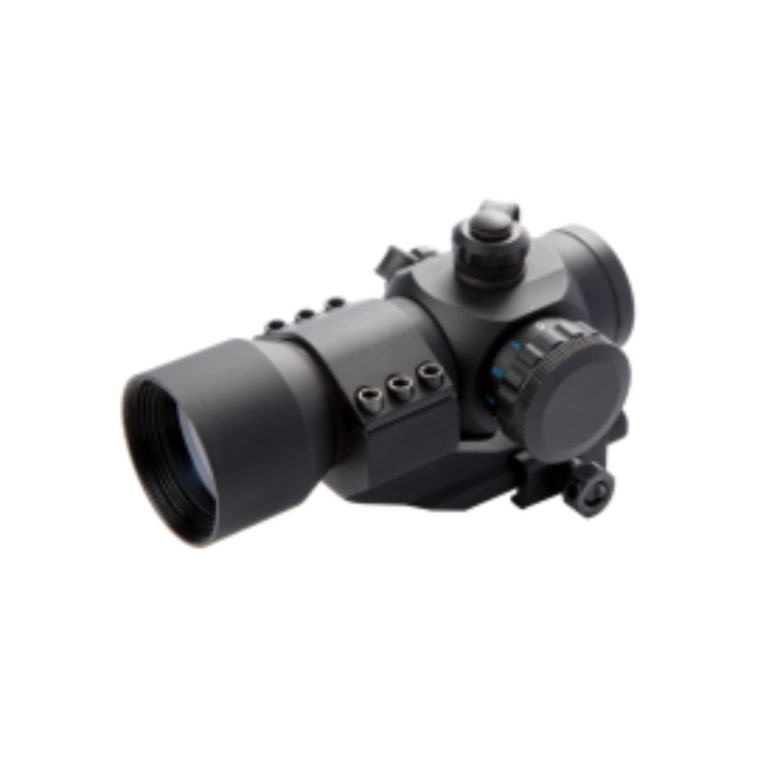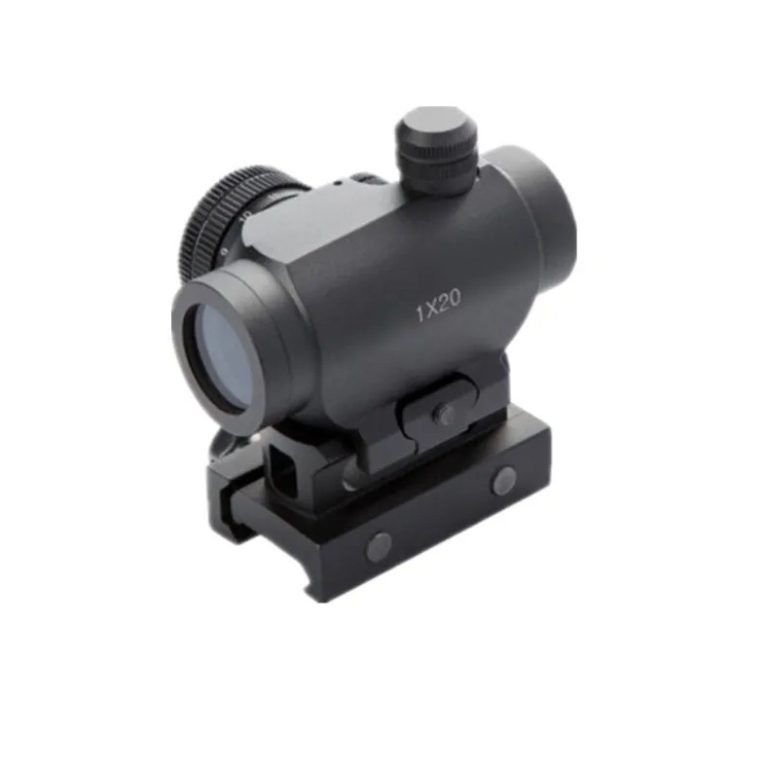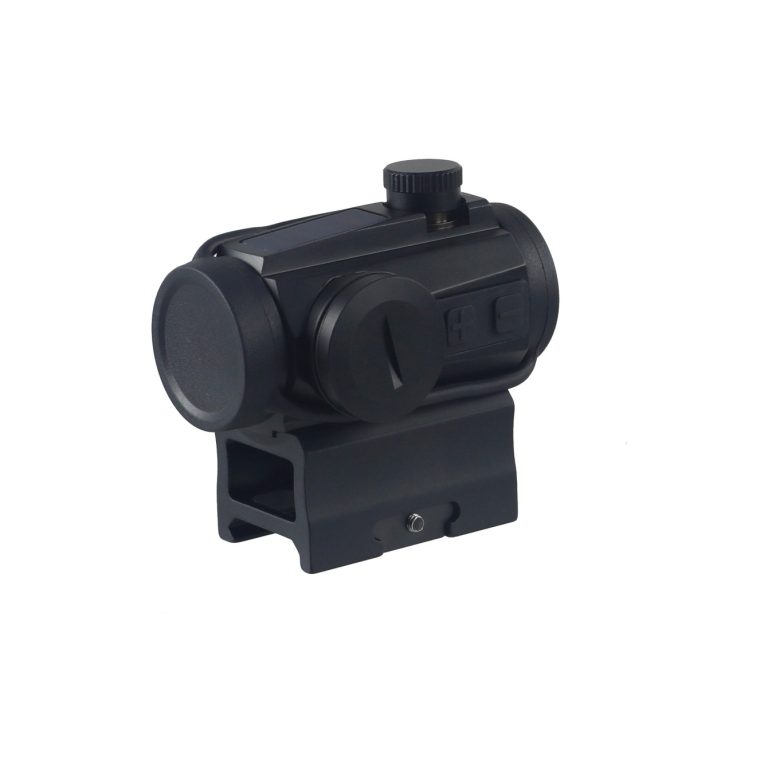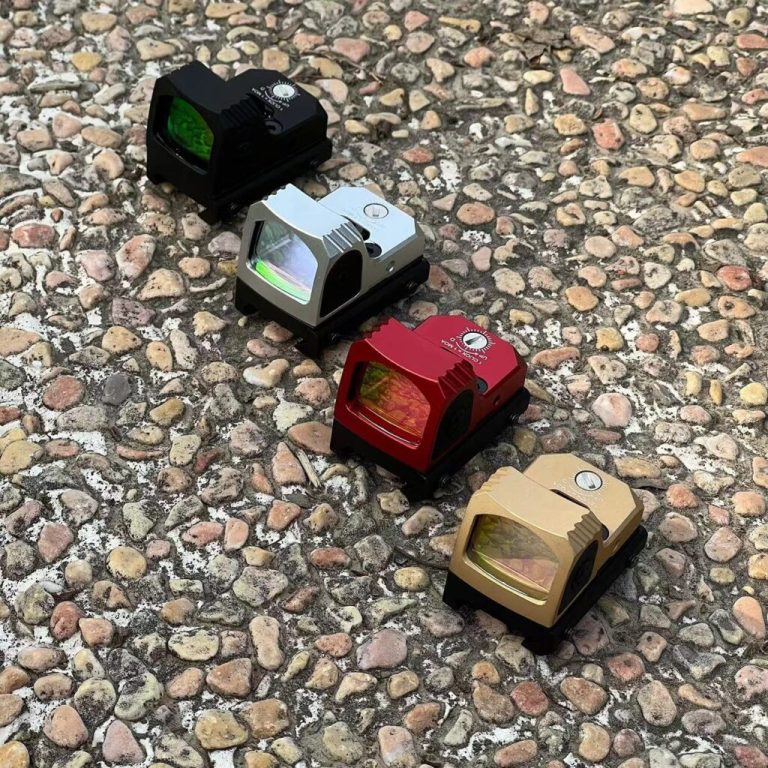RMSc Interface Micro Reflex Red Dot Sights XIX1225OR
RMSc Interface Micro Reflex Red Dot Sights XIX1225OR OVERVIEW Key Advantages and Features Mounting Standard: Shield RMSc Footprint Positioning: Tactical-grade RMSc red-dot sight designed for reliability, precision, and field performance. Structural and Functional Design The lower housing is completely enclosed to prevent dust, moisture, and oil ingress, ensuring long-term reliability under harsh environments. The CR1632 battery can be replaced quickly…

